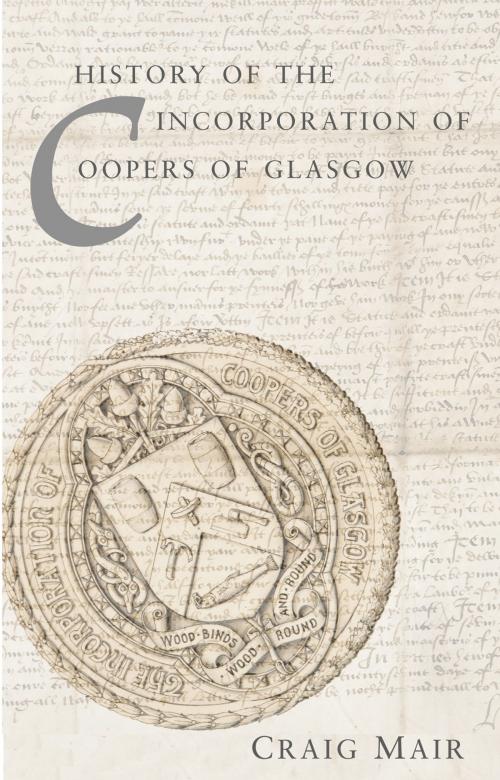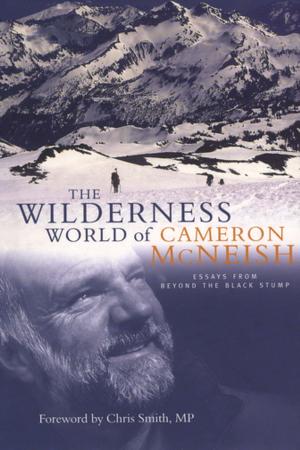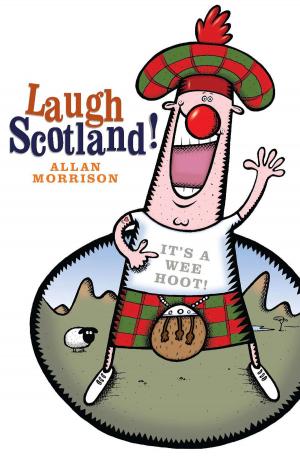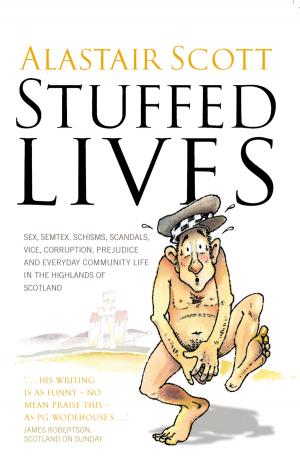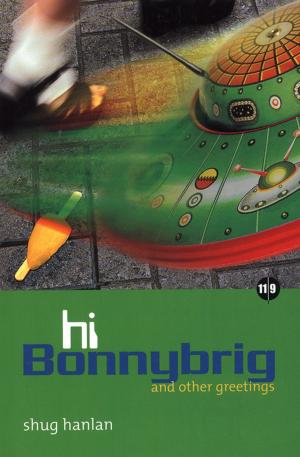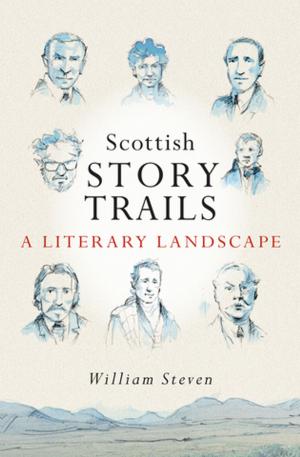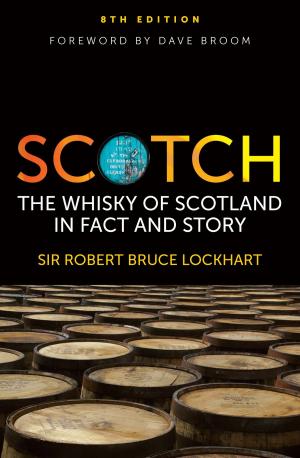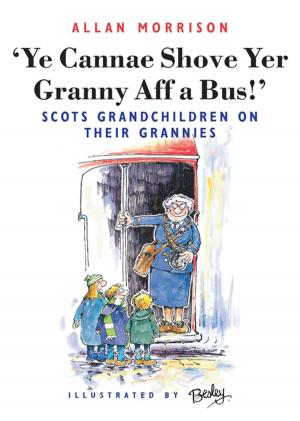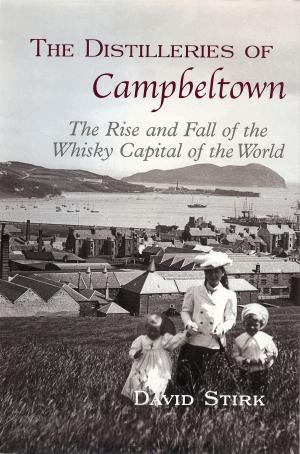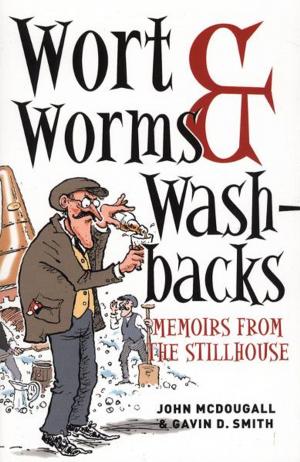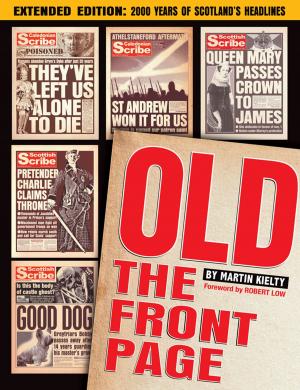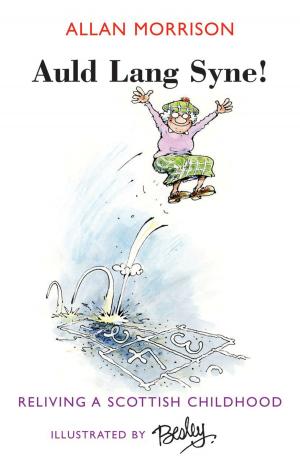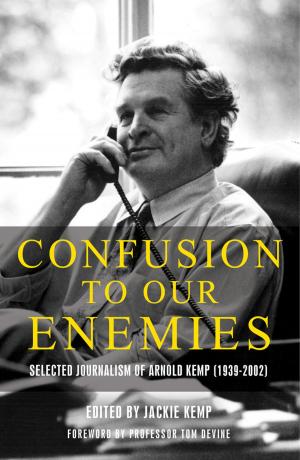The History of the Incorporation of Coopers of Glasgow
Nonfiction, History, British, Social & Cultural Studies, Social Science, Sociology| Author: | Craig Mair | ISBN: | 9781906000561 |
| Publisher: | Neil Wilson Publishing | Publication: | February 28, 2013 |
| Imprint: | Neil Wilson Publishing | Language: | English |
| Author: | Craig Mair |
| ISBN: | 9781906000561 |
| Publisher: | Neil Wilson Publishing |
| Publication: | February 28, 2013 |
| Imprint: | Neil Wilson Publishing |
| Language: | English |
The craft of the cooper goes back to ancient times and was an essential part of the life of every old burgh in Scotland. Although they existed in the city of Glasgow long before then, it wasn't until 1569 that the city's coopers were officially incorporated as a guild or 'craft'. After that they played an important role in civic, trading and political affairs until the mid-nineteenth century when, like every craft organisation, they lost their exclusive rights and coopers were allowed to work in the city without having to be members of the Incorporation. Even in more modern times, however, the Incorporation continued to grow and flourish during the extraordinary rise of Glasgow as Scotland's largest city. Today, though the Incorporation no longer plays an important part in the craft of coopering, its membership is bigger than ever and it undoubtedly still plays a noted part in Glasgow life. With unrestricted access to the Incorporation's records, Craig Mair has pieced together the story of the growth and importance of the cooper craft in Glasgow. Covering the period from the early 1500s to the 21st century, he describes the day-to-day life and work of the coopers, including such things as apprenticeships, the punishment of coopers who broke their Craft's rules, and the changing face of the cooper trade as the industrial revolution gathered momentum in Glasgow. He ends by describing the flourishing work of the Incorporation today.
The craft of the cooper goes back to ancient times and was an essential part of the life of every old burgh in Scotland. Although they existed in the city of Glasgow long before then, it wasn't until 1569 that the city's coopers were officially incorporated as a guild or 'craft'. After that they played an important role in civic, trading and political affairs until the mid-nineteenth century when, like every craft organisation, they lost their exclusive rights and coopers were allowed to work in the city without having to be members of the Incorporation. Even in more modern times, however, the Incorporation continued to grow and flourish during the extraordinary rise of Glasgow as Scotland's largest city. Today, though the Incorporation no longer plays an important part in the craft of coopering, its membership is bigger than ever and it undoubtedly still plays a noted part in Glasgow life. With unrestricted access to the Incorporation's records, Craig Mair has pieced together the story of the growth and importance of the cooper craft in Glasgow. Covering the period from the early 1500s to the 21st century, he describes the day-to-day life and work of the coopers, including such things as apprenticeships, the punishment of coopers who broke their Craft's rules, and the changing face of the cooper trade as the industrial revolution gathered momentum in Glasgow. He ends by describing the flourishing work of the Incorporation today.
